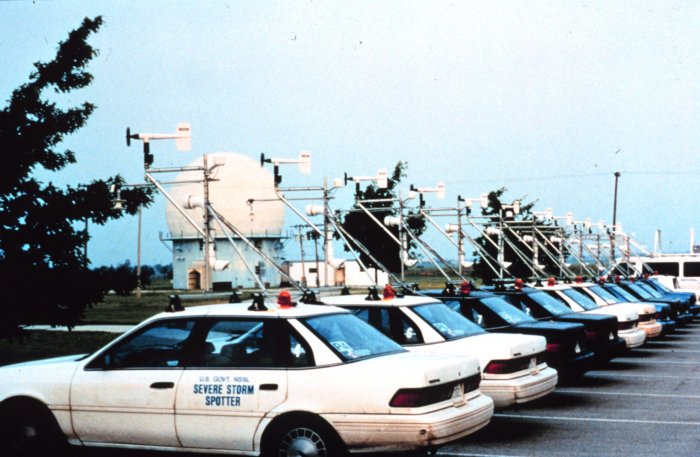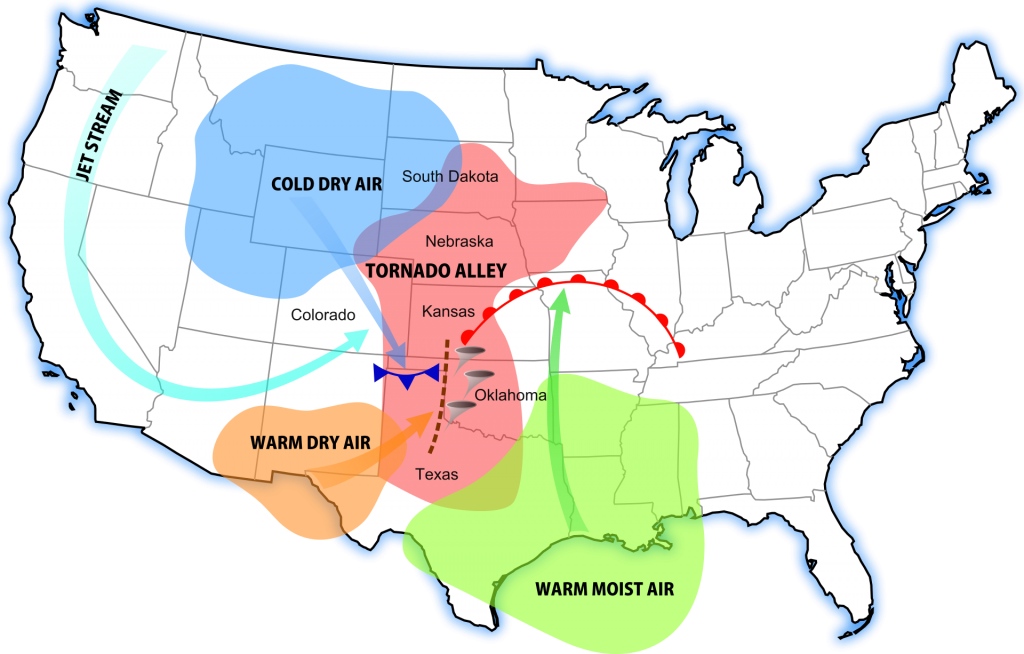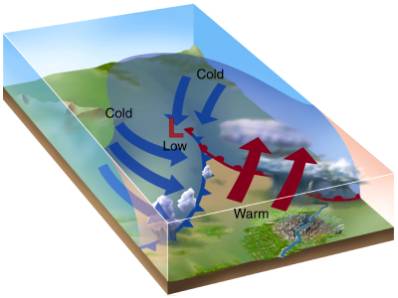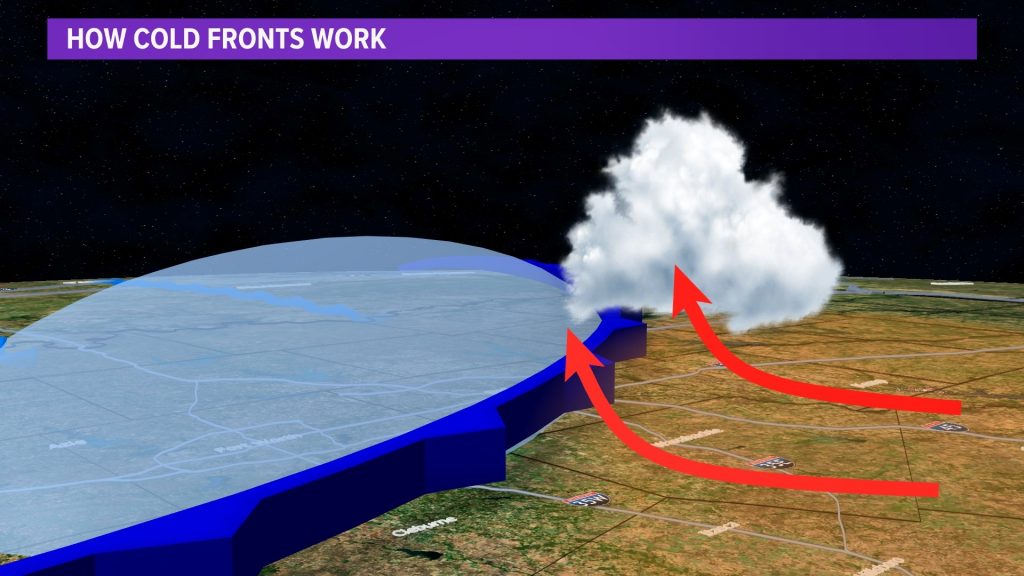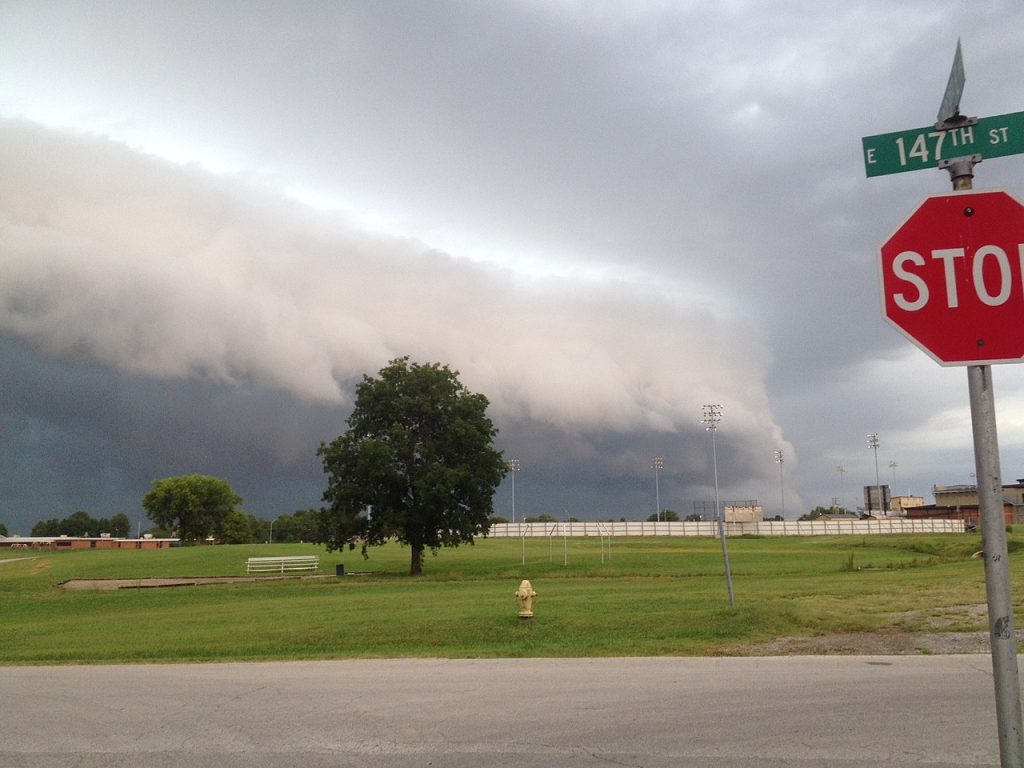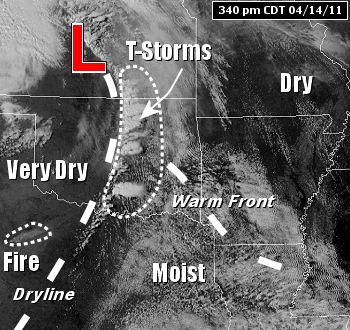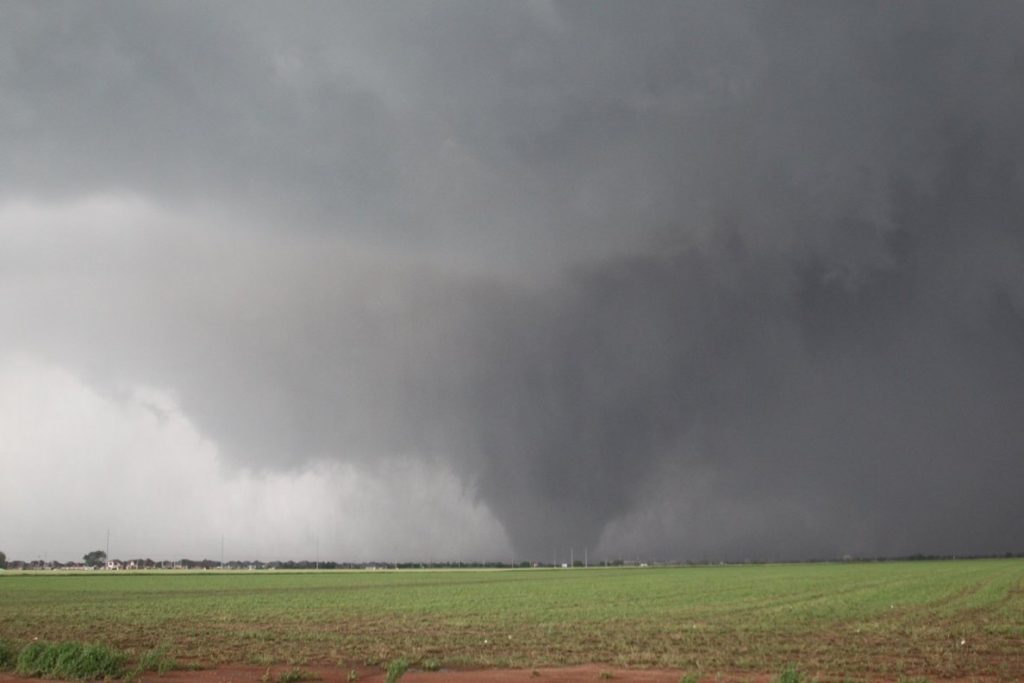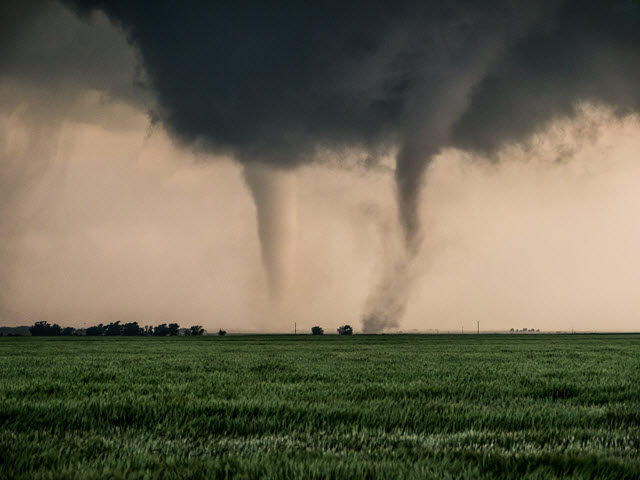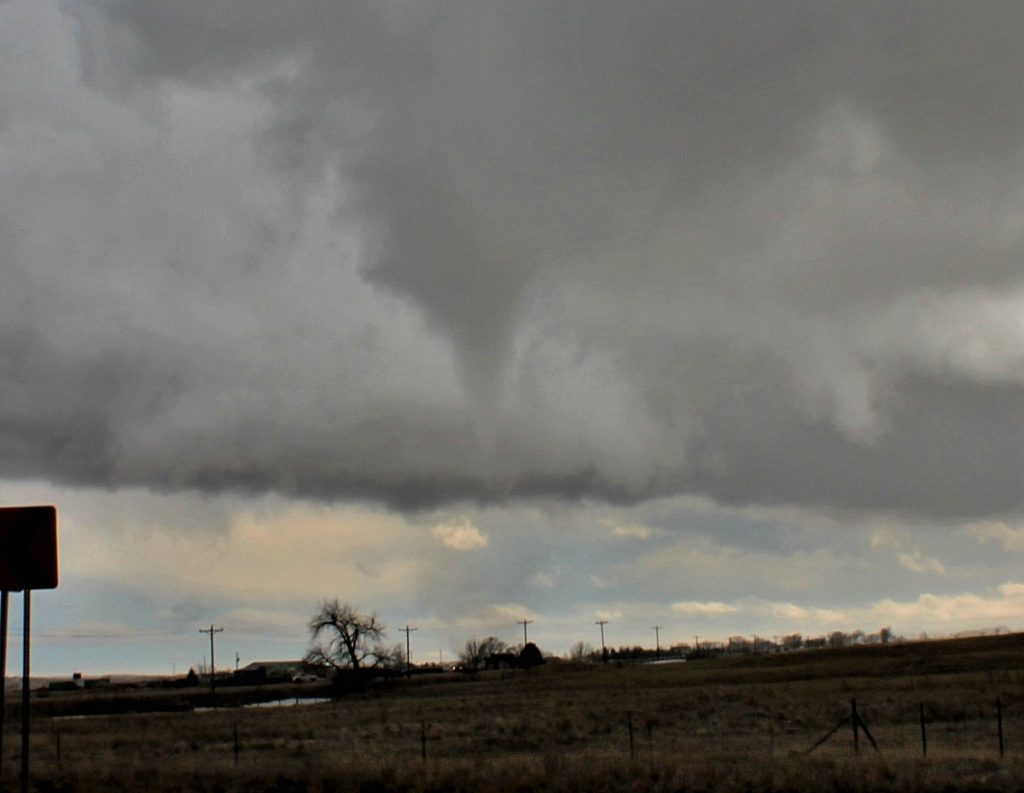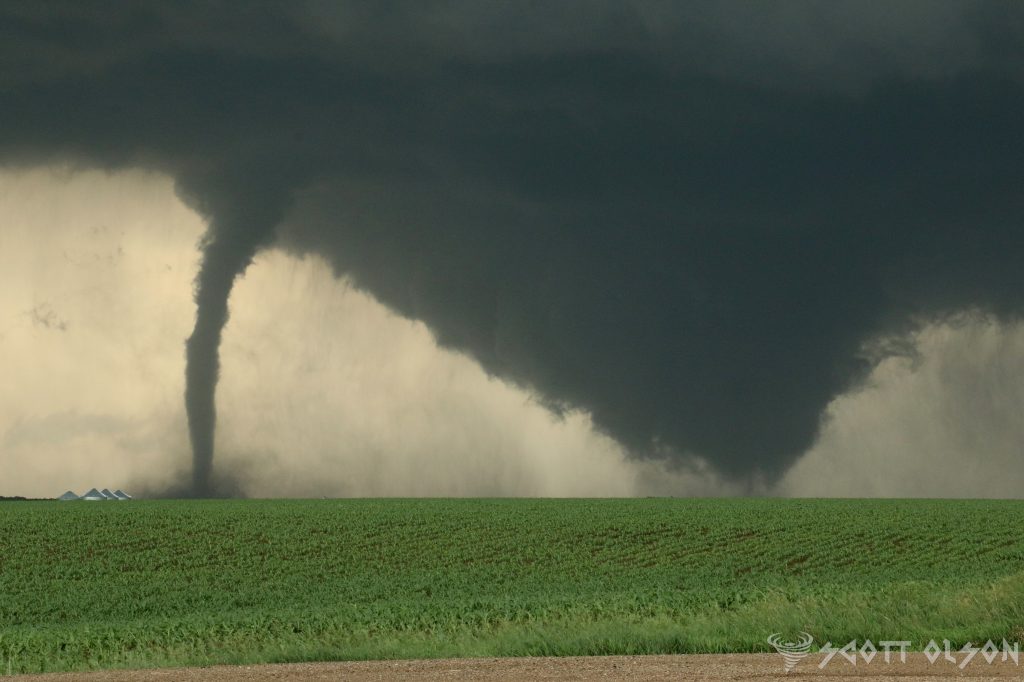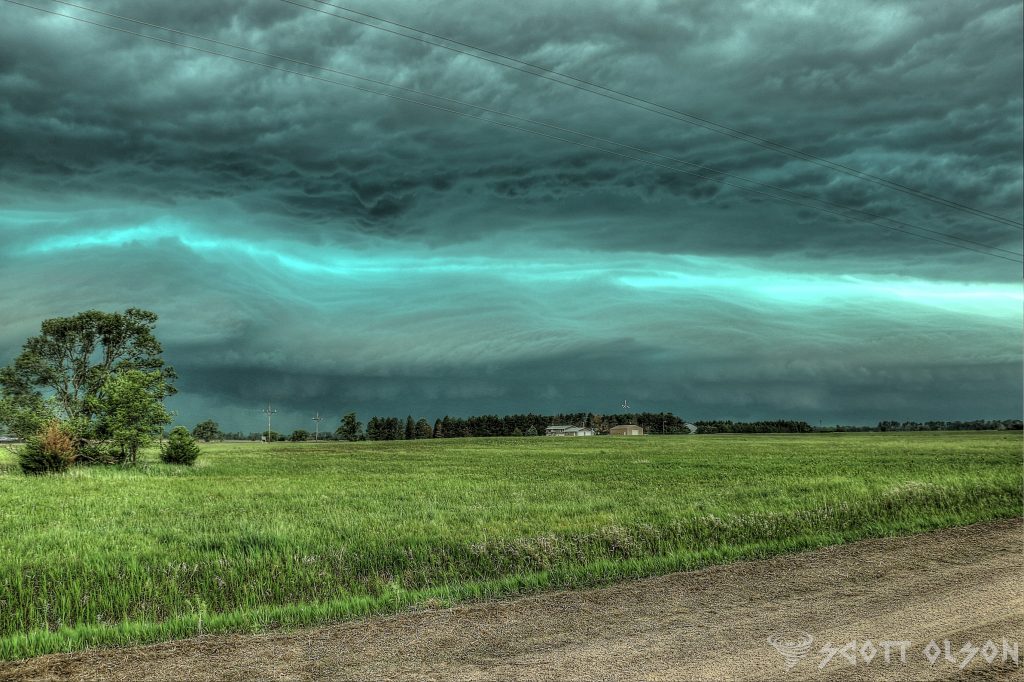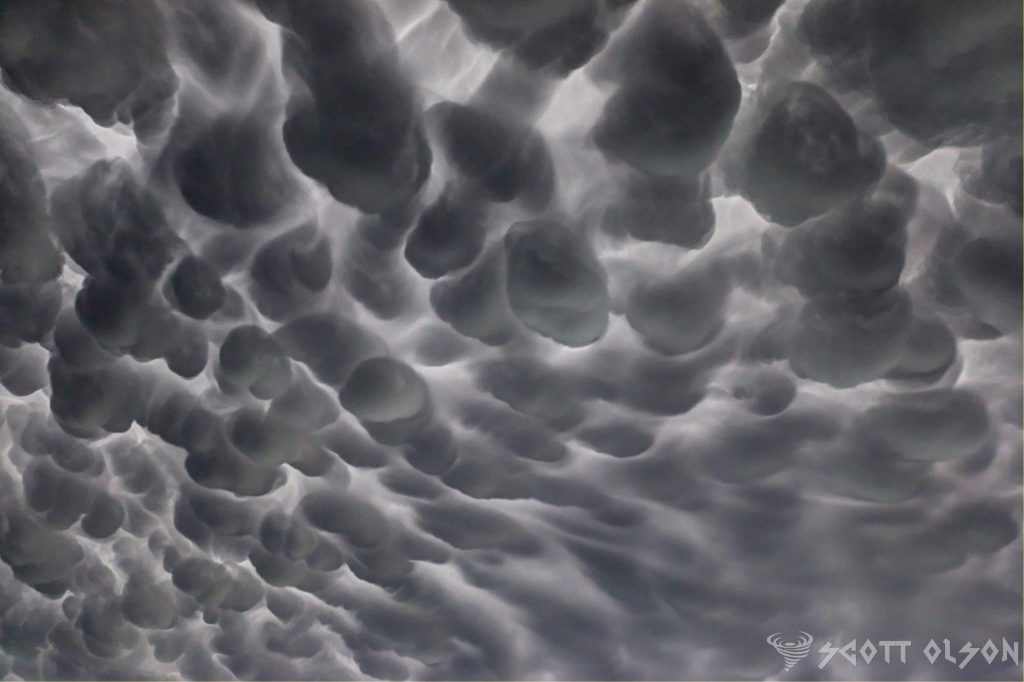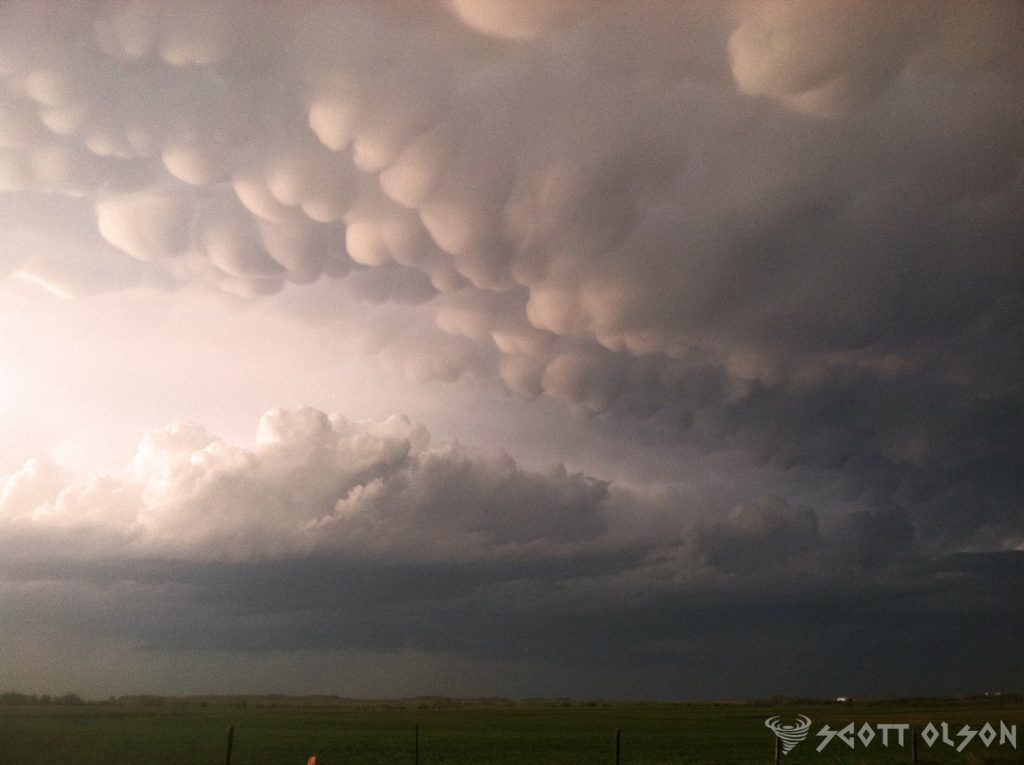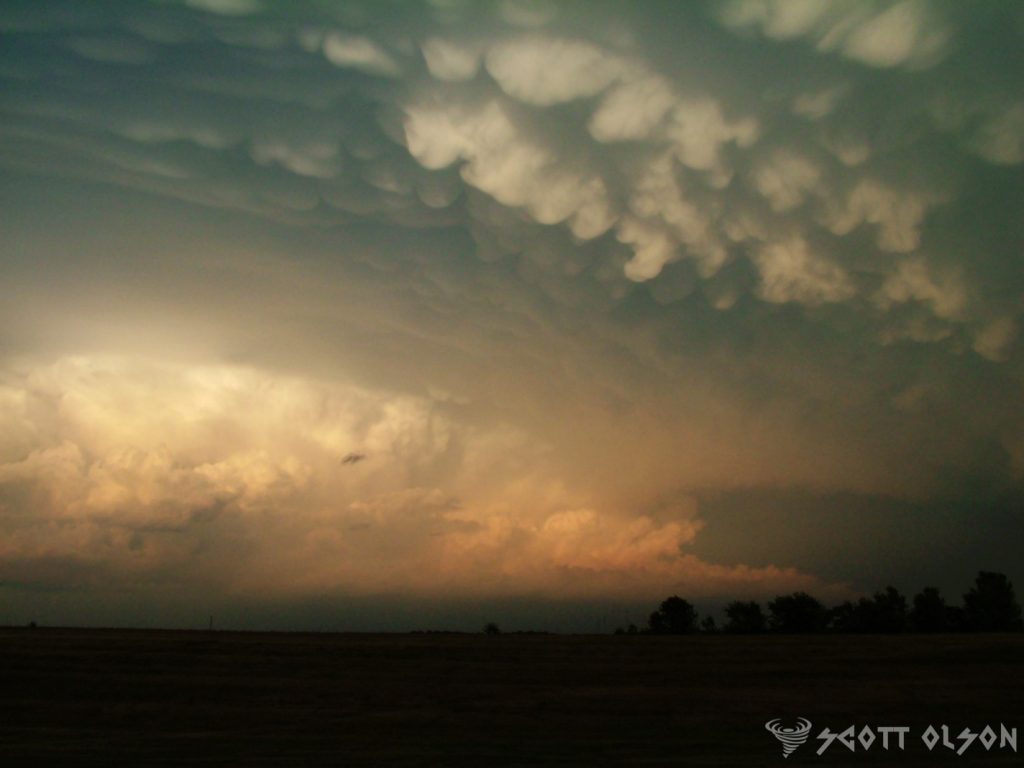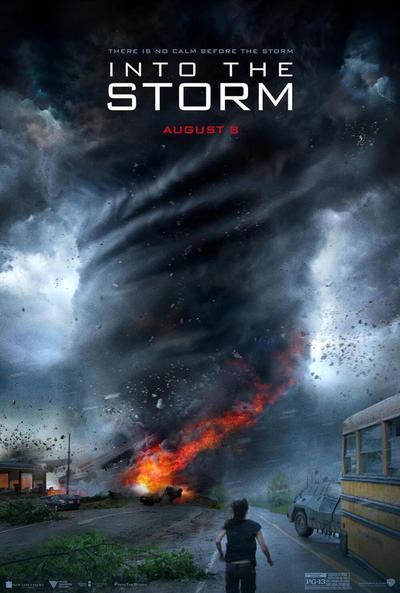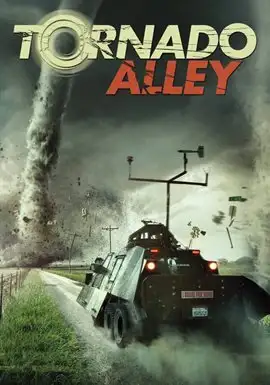
In the heart of hurricane season, as most people board up their windows and evacuate to safer ground, a select group of adventurers head straight into the eye of the storm. These are the hurricane chasers, a rare breed of meteorologists, scientists, and thrill-seekers who risk their lives to study and experience the raw power of nature’s most destructive forces.

One of the most renowned hurricane chasers is Dr. Josh Morgerman, a meteorologist and storm chaser who has been pursuing hurricanes for over two decades. Morgerman, who founded the hurricane research organization iCyclone, has chased more than 50 hurricanes and typhoons across the globe, including some of the most intense storms in recent history, such as Hurricane Dorian in 2019 and Super Typhoon Haiyan in 2013.
“There’s nothing quite like the experience of being in the eye of a hurricane,” Morgerman says. “It’s a moment of eerie calm in the midst of chaos, and it gives you a profound appreciation for the power and beauty of nature.”
To chase hurricanes, Morgerman and his team rely on a sophisticated array of equipment, including mobile weather stations, anemometers, and satellite phones. They also use specialized vehicles, such as reinforced trucks and SUVs, to navigate through the treacherous conditions of a hurricane’s outer bands.

Another prominent figure in the hurricane chasing community is Mark Sudduth, a former restaurant owner turned storm chaser who founded the website HurricaneTrack.com. Sudduth has been chasing hurricanes since 1999 and has witnessed some of the most devastating storms in recent memory, including Hurricane Katrina in 2005 and Hurricane Michael in 2018.
“Chasing hurricanes is not for the faint of heart,” Sudduth says. “You have to be prepared for anything and everything, from flying debris to storm surges to power outages. But the rewards – the data we collect, the stories we tell, and the lives we potentially save – make it all worth it.”
Sudduth’s hurricane chasing strategy involves deploying a network of remote cameras and weather sensors along the coast, which allows him to gather data and livestream footage of the storm from a safe distance. He also works closely with emergency management officials and local media outlets to provide real-time updates and warnings to communities in the path of the hurricane.
One of the most harrowing hurricane chases in recent memory was the pursuit of Hurricane Michael in October 2018. Michael, a Category 5 storm with maximum sustained winds of 160 mph, made landfall near Mexico Beach, Florida, causing catastrophic damage and claiming the lives of 74 people.

For hurricane chaser Jeff Piotrowski, who has been chasing storms for over 40 years, Hurricane Michael was a once-in-a-lifetime experience. Piotrowski and his team were on the ground in Mexico Beach as the storm made landfall, documenting the destruction with high-definition cameras and live-streaming the footage to millions of viewers around the world.
“The power of that storm was just incredible,” Piotrowski recalls. “We were in the eye wall for over an hour, with winds gusting over 150 mph and debris flying everywhere. It was like being in a war zone.”
Despite the dangers, Piotrowski and his team managed to capture some of the most dramatic footage of Hurricane Michael, including the moment when the storm surge overtook their vehicle and forced them to abandon their equipment and flee to higher ground.
For hurricane chasers, having the right equipment can mean the difference between life and death. To track and forecast the path of a hurricane, chasers rely on a variety of tools, including mobile weather stations, anemometers, barometers, and GPS devices.
One of the most important pieces of equipment for hurricane chasers is the mobile weather station, which allows them to gather real-time data on wind speed, air pressure, temperature, and humidity. These stations are typically mounted on the roof of a vehicle and can withstand winds of up to 200 mph.
Another critical tool for hurricane chasers is the anemometer, which measures wind speed and direction. Handheld anemometers are often used by chasers on the ground, while larger, more sophisticated devices are mounted on vehicles or deployed in strategic locations along the coast.
To forecast the path of a hurricane, chasers rely on a combination of computer models, satellite imagery, and radar data. The National Hurricane Center in Miami, Florida, is the primary source of hurricane forecasts and warnings in the United States, and many chasers work closely with the center to share data and coordinate their efforts.
However, even with the most advanced equipment and forecasting tools, chasing hurricanes is an inherently dangerous pursuit. One of the biggest risks is the storm surge, a wall of water that can rise up to 30 feet or more and sweep away everything in its path. Storm surges are responsible for many of the deaths and much of the damage associated with hurricanes, and chasers must be constantly aware of their location and proximity to the coast.
Another hazard of hurricane chasing is the eyewall, the ring of intense thunderstorms that surrounds the calm eye of the hurricane. Within the eyewall, winds can gust up to 200 mph or more, and tornadoes can form suddenly and without warning. Chasers who venture too close to the eyewall risk being hit by flying debris, blown off the road, or even swept away by the storm surge.
In addition to the risks posed by the storm itself, hurricane chasers must also contend with the logistical challenges of operating in a disaster zone. Roads may be flooded or blocked by debris, power lines may be down, and cell phone service may be spotty or nonexistent. Chasers must be self-sufficient and prepared to survive on their own for days or even weeks at a time.
To mitigate these risks, hurricane chasers rely on a combination of experience, skill, and technology. They carefully plan their routes and staging areas in advance, taking into account factors such as elevation, road conditions, and the availability of shelter. They also carry a wide range of survival gear, including food, water, first aid kits, and satellite phones.
Despite the dangers, many hurricane chasers say that the rewards of their work far outweigh the risks. By gathering data and documenting the power of these storms, they help scientists better understand how hurricanes form and behave, which can ultimately lead to better forecasting and warning systems.
“Chasing hurricanes is not just a job or a hobby for me,” says Mark Sudduth of HurricaneTrack.com. “It’s a calling. It’s a way to witness the awesome power of nature and to help people prepare for and survive these incredible storms.”
Of course, even the most experienced and well-equipped hurricane chasers know that they are ultimately at the mercy of the storm. In 2008, a team of chasers led by meteorologist Sean Casey narrowly escaped death when their specially designed tornado intercept vehicle was flipped over by the powerful winds of Hurricane Ike in Texas.
“We were tumbling end over end, and I thought for sure we were going to die,” Casey recalls. “But somehow, we landed right side up and were able to drive away. It was a miracle.”
For hurricane chasers, close calls like these are just part of the job. But they also serve as a reminder of the awesome power and unpredictability of these storms, and of the importance of respecting the forces of nature.
